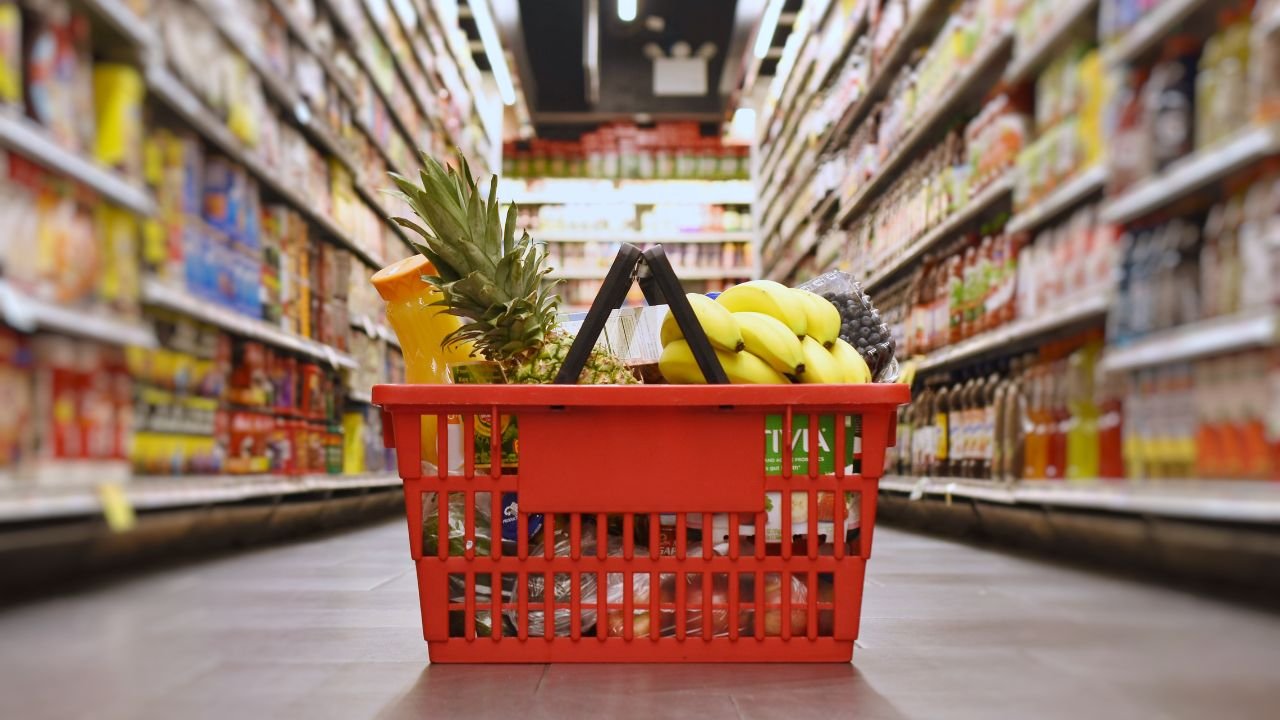The Supplemental Nutrition Assistance Program (SNAP), formerly known as food stamps, is one of the most vital programs for low-income families in the United States. Every year, the U.S. Department of Agriculture (USDA) updates the income limits and benefit amounts based on inflation and poverty guidelines. For fiscal year 2025–2026, many households may see changes in eligibility or monthly assistance due to revised income limits.
These updates matter because even a small change in your income, or in the federal poverty level, can determine whether you qualify and how much you receive.
Table of Contents
New Gross and Net Income Limits
Eligibility for SNAP depends on both gross monthly income (before taxes) and net monthly income (after deductions). The income limits vary by household size and are adjusted each year in October. Here’s what the expected monthly income limits for the 48 contiguous states and D.C. could look like for FY 2025–2026:
| Household Size | Gross Monthly Income Limit | Net Monthly Income Limit |
|---|---|---|
| 1 | $1,878 | $1,145 |
| 2 | $2,540 | $1,540 |
| 3 | $3,203 | $1,936 |
| 4 | $3,865 | $2,331 |
| 5 | $4,528 | $2,726 |
| 6 | $5,190 | $3,122 |
| 7 | $5,853 | $3,517 |
| 8 | $6,515 | $3,912 |
| Each Additional Person | +$663 | +$396 |
These limits may vary slightly based on final USDA announcements in October.
Asset Limits
Most households must also meet asset limits unless at least one member is elderly (60+) or disabled. As of recent guidelines:
- Households without elderly/disabled members: $2,750
- Households with elderly/disabled members: $4,250
Assets include things like cash, bank accounts, and property that’s not your primary home.
Standard Deduction and Utility Allowances
Deductions help reduce your countable income. These include:
- Standard deduction (varies by household size)
- Medical expenses (for elderly/disabled over $35)
- Dependent care costs
- Shelter and utility costs (including standard utility allowances)
These deductions can help borderline households qualify by lowering net income.
How to Apply or Renew
You can apply or recertify for SNAP through your state’s Department of Social Services, often online. Many states allow you to submit documentation, verify income, and check benefit status through mobile apps or secure portals.
If you’ve had changes in your job, housing, or household members, you should report them promptly to ensure you receive the correct benefit.
Frequently Asked Questions (FAQs)
1. Do unemployment benefits count as income for SNAP?
Yes, they are considered countable income and must be reported during the application or renewal process.
2. Can I still qualify for SNAP if I own a car?
Yes. In most states, owning a vehicle will not disqualify you from receiving SNAP benefits. Some states exclude the value of one or more vehicles entirely when determining assets.
3. How often do I need to recertify for SNAP?
Typically every 6 to 12 months, depending on your state. You’ll receive a notice before your certification period ends.
4. What if my income goes over the limit after I’m approved?
You are required to report changes. If your income rises above the threshold, your benefit may be reduced or canceled depending on how much you exceed the limit.




